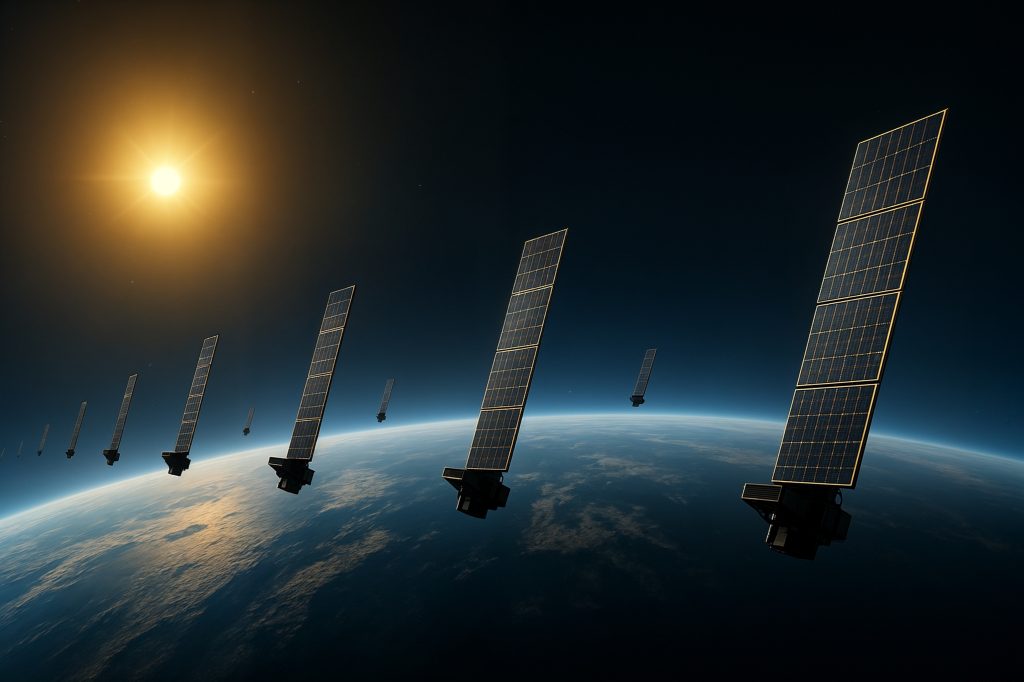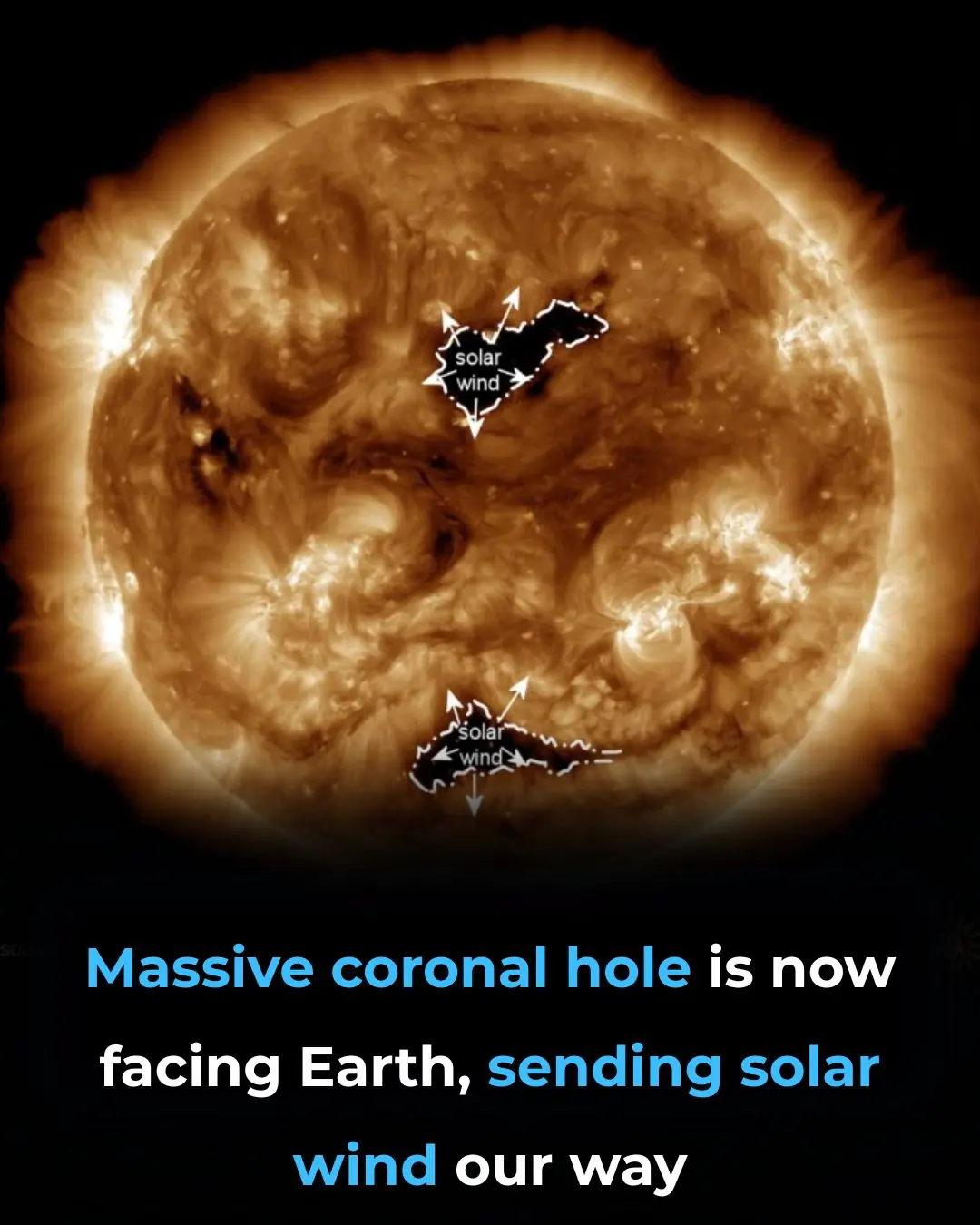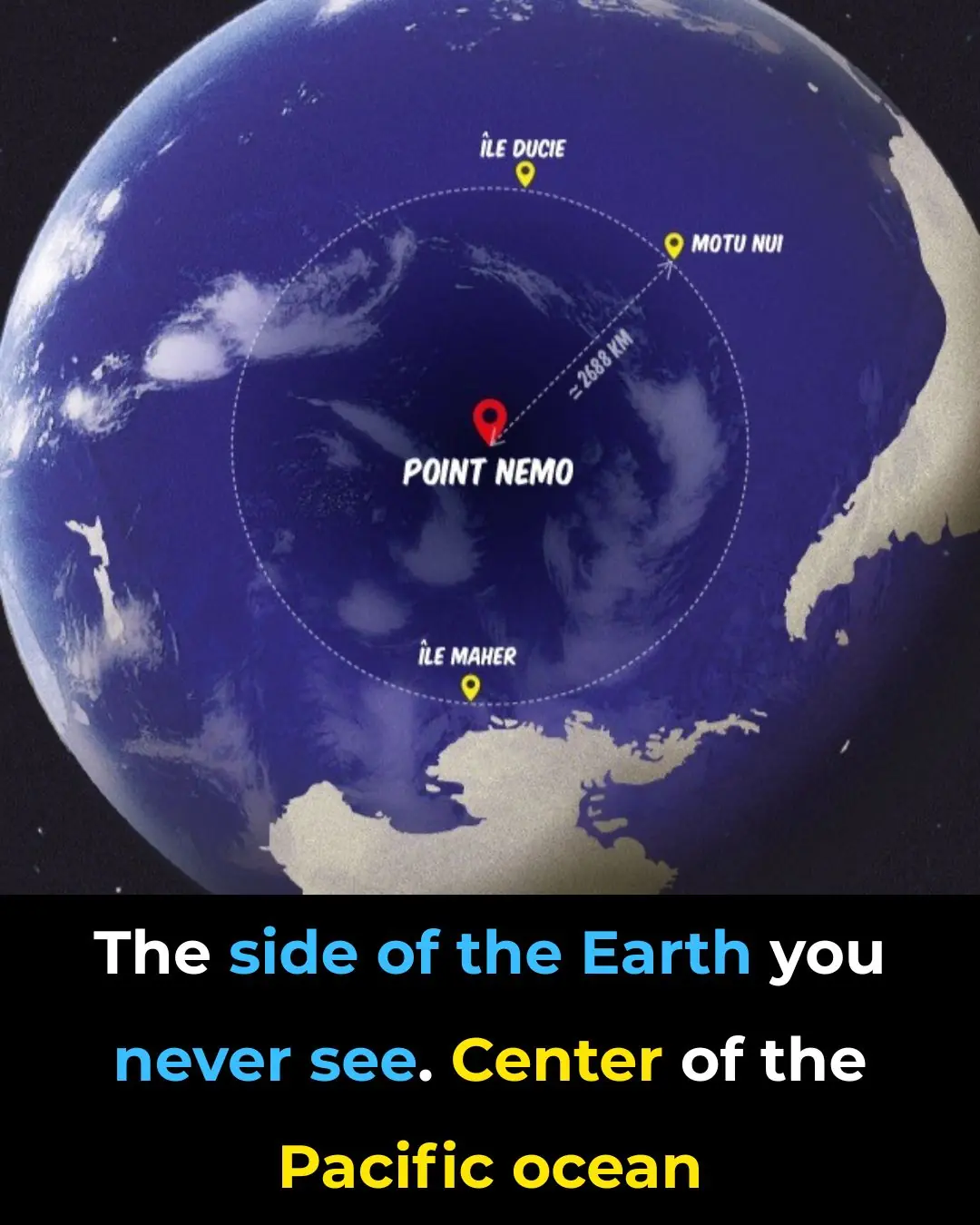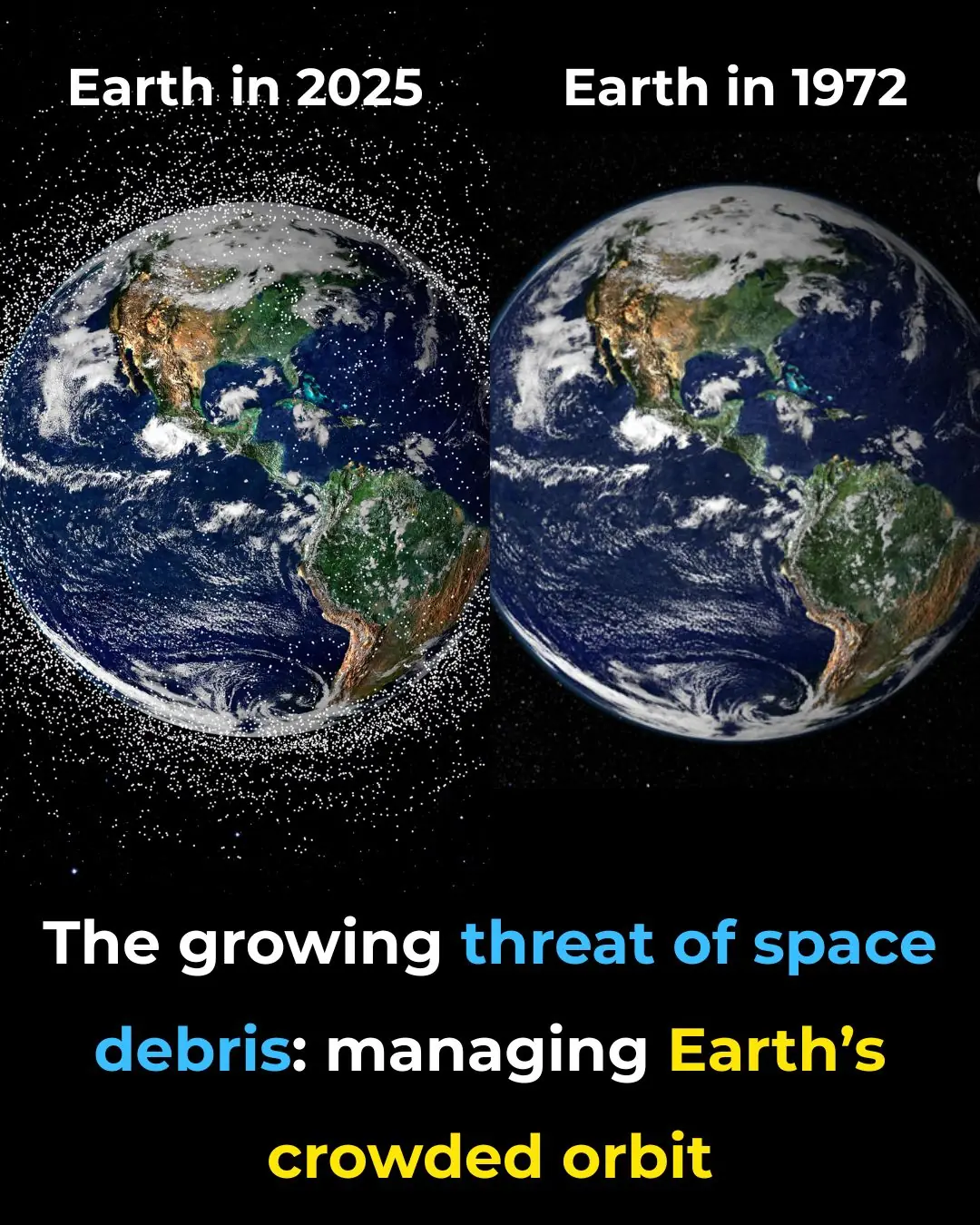
Earth’s Energy Imbalance Doubles Speeding Up Climate Change

Scientists Reassess Climate Models After New Satellite Data Reveals Accelerating Global Energy Imbalance
For decades, climate scientists believed they had a solid grasp of how quickly the planet was warming. Sophisticated climate models—developed, tested, and refined through years of research—predicted how Earth’s energy balance would evolve as greenhouse gas concentrations increased. Yet recent satellite observations have revealed a pattern that challenges these long-standing assumptions and suggests that the pace of planetary change may be accelerating faster than expected.
The latest data indicate that processes within Earth’s energy system are unfolding nearly twice as quickly as many models projected. This shift implies that the physical response of the planet to human activities could intensify sooner than policymakers and adaptation plans currently anticipate. The findings carry implications not only for climate science but also for the global strategies designed to limit future warming.
Doubling of Earth’s Energy Imbalance
New analyses show that Earth’s energy imbalance—the difference between incoming solar radiation and outgoing heat—has more than doubled since the early 2000s. Research teams using data from NASA’s Clouds and the Earth’s Radiant Energy System (CERES) satellites, combined with temperature records from thousands of autonomous ocean floats, found that this imbalance grew from about 0.6 watts per square meter in the mid-2000s to roughly 1.3 watts per square meter in recent years.
This increase means that more energy is being trapped near Earth’s surface instead of radiating back into space. Independent research groups analyzing separate datasets have reached similar conclusions, reinforcing confidence in the observed trend. Some studies even report figures as high as 1.8 watts per square meter in 2023, roughly double the values predicted by leading climate models for the same period.
Such a rapid rise was not anticipated by the models that have guided international climate assessments for years. The discrepancy suggests that some processes controlling Earth’s heat balance—such as cloud formation, aerosol behavior, and feedback loops—may not be fully represented in existing models.
Understanding Earth’s Energy Budget

Scientists often describe the planet’s energy system as a financial ledger. Solar radiation functions as income, while heat lost to space represents expenditure. When more energy is received than emitted, the surplus accumulates as heat in the atmosphere, oceans, and land.
Under stable natural conditions, the amount of incoming solar radiation roughly equals the amount radiated back to space, maintaining a relatively constant global temperature. However, the buildup of greenhouse gases from human activities—primarily carbon dioxide, methane, and nitrous oxide—has disrupted this equilibrium by trapping additional heat.
Approximately 90% of this excess energy is stored in the oceans, which absorb and redistribute heat through complex circulation patterns. The remainder contributes to the warming of land surfaces, the melting of glaciers and ice sheets, and the increase in atmospheric temperatures.
Measuring a Rapidly Changing Planet
To monitor these shifts, researchers rely on two complementary methods. Satellite radiometers measure the balance of incoming and outgoing radiation at the top of the atmosphere, while ocean monitoring systems such as the Argo network track temperature changes throughout the water column.
Both datasets show a consistent pattern: Earth is retaining more energy each year. The convergence between these independent measurements increases scientific confidence that the observed acceleration is real and not a measurement artifact.
Such agreement also highlights how global energy imbalance serves as a sensitive early indicator of long-term climate trends—often revealing changes years before surface temperature records fully reflect them.
Why Models May Be Underestimating Change

Climate models are sophisticated computational systems that simulate the interactions among the atmosphere, oceans, ice, and land surfaces. They have successfully predicted many large-scale aspects of climate change, including global warming trends and regional precipitation shifts. However, recent evidence shows they may underestimate the speed at which energy is accumulating in the climate system.
One likely source of uncertainty involves clouds. Cloud cover both cools the planet by reflecting sunlight and warms it by trapping heat, depending on altitude and composition. Satellite data show a reduction in highly reflective clouds and an increase in thinner, less reflective ones. This subtle shift reduces Earth’s ability to reflect solar energy, amplifying warming.
Another possible factor is the reduction of aerosol pollution due to improved air quality standards and shipping fuel regulations. Aerosols tend to scatter sunlight and promote brighter cloud formation; their decline may have slightly reduced the atmosphere’s reflective capacity, allowing more solar energy to reach Earth’s surface.
Still, scientists emphasize that no single factor can explain the observed doubling of energy imbalance. Natural variations such as El Niño events and longer-term oscillations in ocean circulation also play roles, complicating the interpretation of short-term changes.
Feedback Mechanisms and Amplifying Effects
As the planet warms, certain feedback processes can reinforce the trend. Melting ice reduces the reflectivity of Earth’s surface, exposing darker ocean or land areas that absorb more heat. Shifts in vegetation and soil moisture can further alter how energy is absorbed or released. These self-reinforcing cycles may contribute to the accelerated pace of energy accumulation now being observed.
Research continues to investigate whether current cloud and aerosol changes represent temporary fluctuations or long-term feedbacks that could lock the planet into a faster warming trajectory.
Record Temperatures and Observable Impacts

The year 2023 marked record-breaking highs in both surface temperatures and Earth’s energy imbalance. Scientists note that temperature records typically lag behind changes in energy accumulation, meaning the extreme heat observed in recent years likely reflects imbalances that began developing years earlier.
Events such as El Niño amplify these effects by redistributing heat stored in the ocean to the atmosphere, temporarily intensifying global warming. Such interactions demonstrate how short-term climate variability can overlay long-term warming trends.
The continued increase in energy imbalance suggests that recent extreme temperatures are not isolated incidents but indicators of a persistent trend toward a hotter and more volatile climate system.
Implications for the Future
A sustained energy imbalance increases the likelihood of more frequent and intense climate impacts. These include longer and more severe heatwaves, intensified droughts, stronger precipitation events, and faster melting of polar ice. Marine heatwaves threaten coral reefs and fisheries, while rising ocean heat content accelerates sea-level rise through both thermal expansion and ice melt.
Climate models that incorporate higher sensitivity to greenhouse gas changes align more closely with observed data, suggesting that real-world warming may progress toward the upper range of current projections if emissions remain high.
The Importance of Continued Monitoring
Accurate tracking of Earth’s energy imbalance depends on a network of satellites and ocean instruments that require consistent funding. NASA’s upcoming Libera mission, planned for launch in 2027, is expected to enhance measurement precision and maintain data continuity. However, no successor mission is currently guaranteed, raising concerns about potential data gaps after Libera’s operational lifetime.
Long-term climate monitoring demands international cooperation and stable investment, as disruptions in measurement could obscure early warning signs of accelerating change. Some scientists suggest involving private or international partnerships to safeguard continuous global observation.
Energy Imbalance as an Early Warning Indicator
Changes in Earth’s energy budget often appear years before corresponding temperature shifts. This makes energy imbalance measurements one of the most reliable early warning systems for assessing whether emission reduction policies are having an effect. A slowdown—or eventual reversal—of energy accumulation would be the first sign that mitigation strategies are succeeding.
Policymakers can use this metric to evaluate progress toward international goals such as limiting warming to 1.5°C or 2°C above preindustrial levels. Regular monitoring of the energy balance can help governments adjust strategies before temperature increases become irreversible.
Moving Forward
Despite the alarming acceleration of energy accumulation, scientists emphasize that stabilization is still technically achievable. Achieving it will require rapid reductions in fossil fuel use, large-scale deployment of renewable energy, and improved understanding of feedback processes within the climate system.
Future research priorities include refining cloud and aerosol modeling, investigating natural variability, and enhancing coordination between satellite and ocean observation programs. Continued progress in these areas will be essential for narrowing the gap between model predictions and real-world changes.
The recent findings serve as a reminder that Earth’s climate system is highly dynamic and may respond to human activity in more complex and faster ways than previously thought. Sustained, objective observation remains the foundation for both scientific understanding and effective policy response in the decades ahead.
News in the same category


Pick Your Robin

Elon Musk Urges Millions to Cancel Netflix as Boycott Gains Viral Momentum

15+ Things Women Find Unattractive in Men Over 50

Strongest solar flare of 2025 erupts from sun, sparking radio blackouts across Europe, Asia and the Middle East (video)

Why Driest Desert on Earth Sometimes Blooms? And What Secrets Revealed?

Norway Is the World’s First Nation to Ban Deforestation

British Father and Son Become First to Swim Through Point Nemo, the Farthest Point From Land on Earth

Life on Tristan da Cunha – The World’s Most Isolated Island with Only 264 Residents

The Growing Threat of Space Debris: Managing Earth’s Crowded Orbit

Moses’ Miracle: Walk on Water at Barra Grande Beach

Scientists Find Crows Are Capable of Recursion — A Cognitive Ability Thought to Be Unique to Humans and Other Primates

If Your Ex Unblocked You, Here’s What It Means

Why Cats Leave Home and Don’t Return

Shocking change to Xbox Game Pass has many people canceling their subscription

What really happens to your iPhone's battery health when you charge to 80% instead of 100%

The World’s First Living Biocomputer: Where Brain Cells Meet Technology

2,000 Worms vs. 1 Plastic Bag a Day: A Surprising Discovery in Canada

The moon and Saturn meet—October 5
News Post

Jennifer Hudson Champions Musical Inclusivity Amid Super Bowl Language Debate

Jennifer Hudson Cheers on Bad Bunny’s Super Bowl Swagger — and Starts Learning Spanish Herself

Charli XCX shares cryptic video after Taylor Swift’s ‘Actually Romantic’ diss

NY authorities clamp down on liquor store openings citywide as booze demand plummets

Desperate rescue effort underway to save hundreds of hikers stuck on Mount Everest after snowstorm

Six signs you may be a functioning alcoholic according to doctor

Pineapple Water: A Refreshing Drink That Supports Your Health

The Silent Threat: Recognizing Early Signs of Kidney Disease and Lifestyle Prevention

A Heartwarming Encounter: A Child’s Innocence and the Power of Love.

The Stranger Who Stopped: How One Man’s Compassion Saved a Life on a Busy Georgia Road

Baking Soda (Bicarbonate of Soda): Uses and Benefits (Science Based)

A Father’s Day Gift Like No Other: A Daughter’s Kidney, A Father’s Second Chance

Benefits of Walking: Why Walking is One of the Best Forms of Exercise 🚶♀️

Maliyah’s Fight: A Fifteen-Year-Old Cheerleader Battling Stage 4 Cancer With Courage and Faith

No Cake, No Balloons: A Firefighter’s Quiet Birthday of Purpose and Service

Orangutan Secretly Watches Over Woman During Jungle Survival Challenge

“The Stranger on a Plane: How One Man’s Kindness Gave a Mother the Gift of Rest”

A Little Fighter’s Final Victory: Remembering Bryson’s 1,027-Day Battle

A Match Made in Dog Heaven: A Toddler and Her Puppy Who Share a Special Bond
